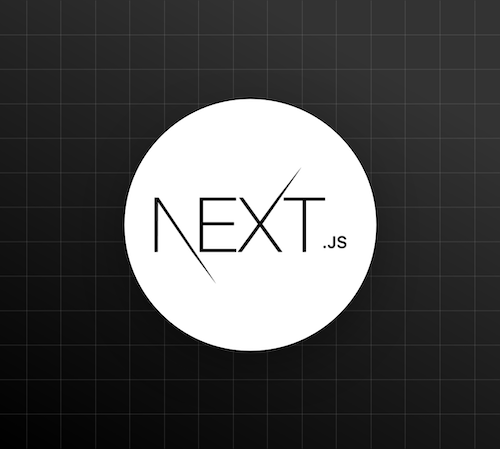Next.js: The Ultimate Solution for Server-side Rendered React Applications
February 6 2023

Next.js: The Ultimate Solution for Server-side Rendered React Applications
React is one of the most popular JavaScript libraries for building user interfaces, but it has a drawback: it can only perform client-side rendering. Next.js is an open-source framework that solves this issue by enabling server-side rendering for React applications. In this blog post, we'll explore the benefits of using Next.js and why it's become a go-to solution for many developers
Optimized Performance
Next.js provides automatic code splitting, which ensures that only the necessary JavaScript is loaded on the client, reducing the amount of time it takes for the page to load. Additionally, Next.js pre-renders pages on the server, providing a fast first-load experience for users. This means that users can see the content of a page even before the JavaScript has finished loading, resulting in a snappier and more responsive user experience.
Simplified Routing
Next.js includes a built-in routing system, making it easier for developers to handle URL paths and create dynamic pages. This eliminates the need for a separate library for handling routing, which simplifies the development process and saves time.
Static Export
Next.js allows developers to export their applications as static HTML files, which can be easily served by a CDN or a static web server. This is ideal for sites with mostly static content, as it reduces the load on the server and provides a faster user experience. The static export feature also makes it easier to deploy Next.js applications, as they can be hosted on any platform that supports static file hosting.
Automatic Code Splitting
Next.js uses automatic code splitting to load only the necessary JavaScript for each page. This results in smaller JavaScript bundles, which reduces the amount of time it takes for a page to load. Additionally, code splitting allows Next.js applications to load faster on slow networks, as the browser only needs to download the minimum amount of JavaScript necessary to display the page.
Ease of Development
Next.js provides a simple and intuitive development experience for React developers. It abstracts away the complexities of server-side rendering, allowing developers to focus on building the user interface. Next.js also provides a helpful error reporting system, which makes debugging easier and more efficient.
Conclusion
In conclusion, Next.js is an excellent solution for server-side rendered React applications. It provides a fast and responsive user experience, simplifies routing, and makes development easier. With its static export feature, it's easy to deploy Next.js applications to any platform that supports static file hosting. If you're building a React application, consider using Next.js to take your development experience to the next level.
Copyright © Josh Cain 2025.